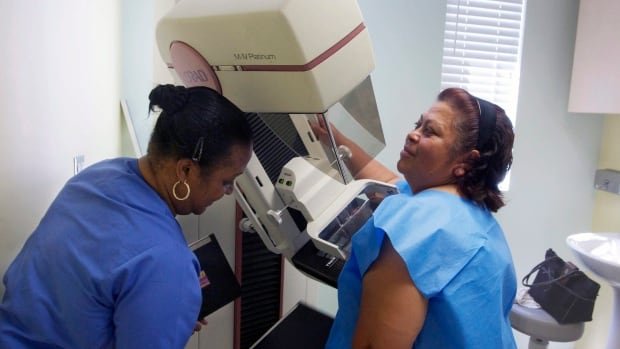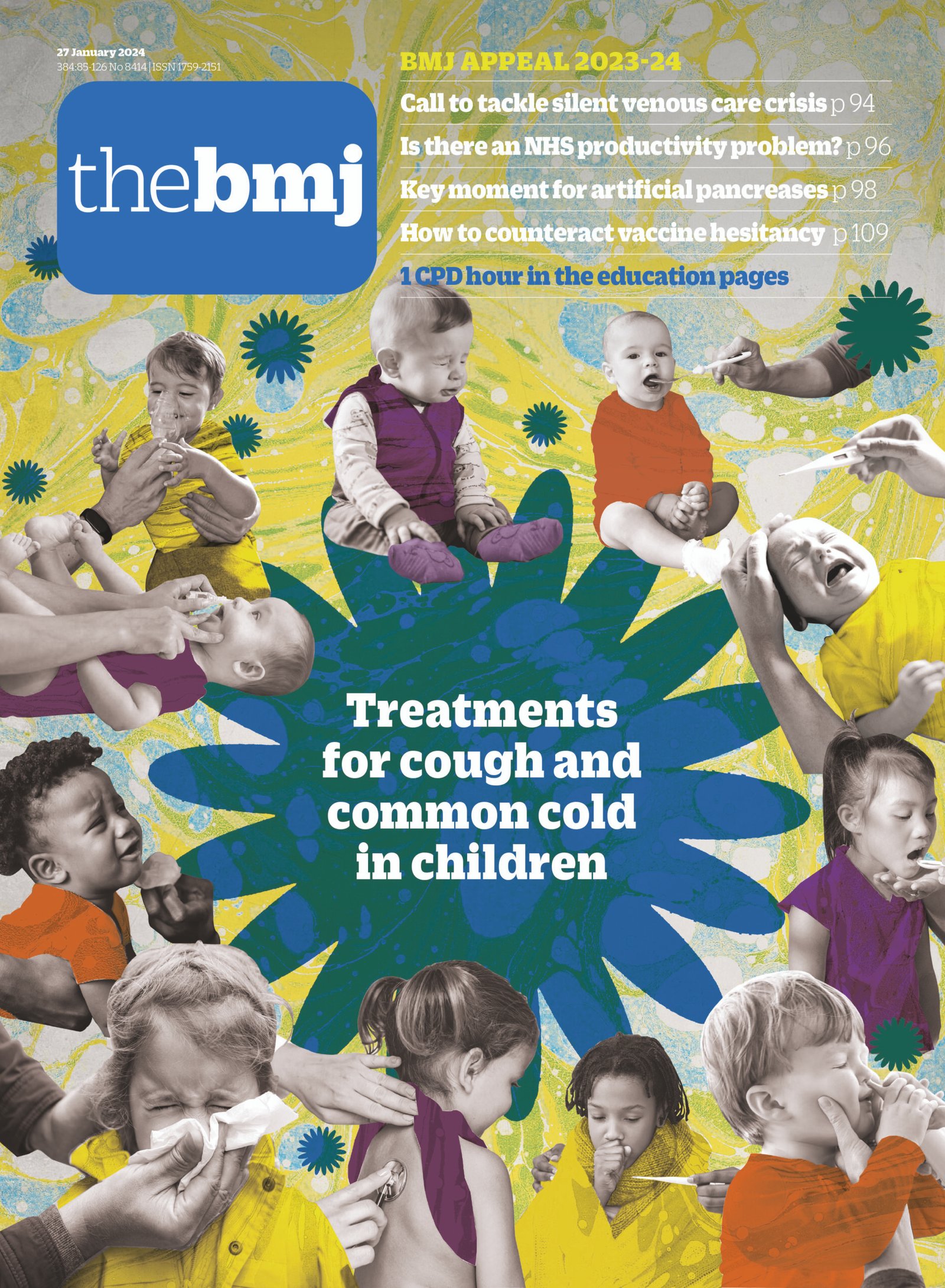There were an estimated 20 million cancer cases and 9.7 million cancer deaths in 2022, the World Health Organization’s cancer research agency said on Thursday, a growing burden that masks what it calls “striking inequity” among rich and poor countries.
Around one in five people develop cancer in their lifetimes, the International Agency for Research on Cancer (IARC) said in a statement, and one in nine men and one in 12 women die from the disease.
But the threat of cancer varies depending on where a patient lives, IARC said in its biannual report based on data from 185 countries and 36 cancers.
For example, in the most-developed countries, such as Canada, the U.S. and U.K., approximately one in 12 women get breast cancer in their lifetimes, but only one in 71 women die from it.

In countries that are lower on the human development index, such as Jamaica, Cameroon and Papua New Guinea, one in 27 women get breast cancer — in part because populations tend to be younger, but also as a result of a lower exposure to risk factors like being overweight — but one in 48 women die from it.
“Women in these countries are less likely to be diagnosed… yet they are at a much higher risk of dying of the disease due to late diagnosis and inadequate access to quality treatment,” said Dr. Isabelle Soerjomataram, deputy head of IARC’s cancer surveillance branch.
The report’s authors also said a majority of countries do not adequately fund cancer screening and palliative care services, including for breast cancer, one of the most prevalent forms of the disease.
A new report in the Canadian Medical Association Journal recommends self-screening for certain medical issues like cervical cancer to help reduce inequity among certain groups that avoid getting tested. Experts say the measure could help catch more cases of cervical cancer and might potentially eliminate it altogether.
Colorectal, lung cancers more common
IARC also said different types of cancer were now increasingly affecting populations as lifestyles change. For example, colorectal cancer is now the third-most common cancer and second in terms of deaths. Colorectal cancer is linked particularly to age as well as lifestyle factors like obesity, as well as smoking and alcohol use.
However, lung cancer has also re-emerged as the most common cancer and the leading cause of death, with 2.5 million new cases and 1.8 million deaths annually. IARC said this was likely linked to persistent tobacco use in Asia.
While restrictions linked to the COVID pandemic impacted cancer diagnosis and care, the data so far — mainly from high-income countries only — shows a minimal impact on survival, the agency added in a press conference.
IARC said there would likely be a 77 per cent increase in cases by 2050, to 35 million, as the population grows and ages. But the impact will be uneven: in poorer countries, cases will rise by 142 per cent, the agency said, and mortality rates will double.










